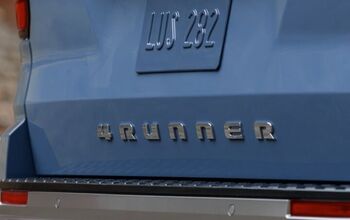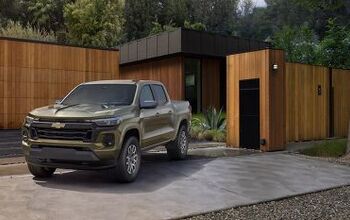Automakers Desperate To Attract Younger Generation of Workers

Automotive News reported Saturday that several automakers are struggling to attract younger workers as young adults seem more disinterested with pursuing careers in manufacturing.
Kia Motors Manufacturing Georgia Senior Vice President Randy Jackson said it’s important for the auto industry to soften the blow of reality when adulthood sets in:
“So many kids want to grow up and play in the NFL,” he says. “And college is a great thing, and it’s good to have a dream job out there. But if we can reach young people before they spend four years in college pursuing something that isn’t realistic, we might be able to open their eyes to something they will find very rewarding.”
According to the report, only 39 percent of children in Detroit said they would consider a career in the automotive industry and only 41 percent of their parents and teachers would recommend the industry too them.
Attracting and retaining younger manufacturing talent isn’t a struggle the automotive industry has on its own. As manufacturing jobs have left the States, so have interest in the remaining jobs. In 1953, manufacturing accounted for 28 percent of GDP in the U.S., but in 2012, that figure was around 11 percent. Many manufacturers say that students have the wrong impression of what assembly lines look like now.
“People still have the idea that manufacturing is a dirty dungeon place,” Andy Bushmaker of KI Furniture, told USA Today.
Several automakers, including Honda, have offered clinics and instructional booths to help attract workers. Honda has estimated that the U.S. will add 3.4 million manufacturing jobs by 2025, but will only have 1.4 million workers to fill those positions. In Ohio, the company has spent $1 million to attract middle- and high-school students to its jobs.
(Photo courtesy Wikipedia)

More by Aaron Cole
Latest Car Reviews
Read moreLatest Product Reviews
Read moreRecent Comments
- Dave Holzman Golden2husky remember you from well over decade ago in these comments. If I wanted to have a screen name that reflected my canine companionship, I'd be BorderCollie as of about five years go. Life is definitely better with dogs.
- Dave Holzman You're right about that!
- EBFlex It will have exactly zero effect
- THX1136 What happened to the other companies that were going to build charging stations? Maybe I'm not remembering clearly OR maybe the money the government gave them hasn't been applied to building some at this point. Sincere question/no snark.
- VoGhost ChatGPT, Review the following article from Automotive News: and create an 800 word essay summarizing the content. Then re-write the essay from the perspective of an ExxonMobil public relations executive looking to encourage the use of petroleum. Ensure the essay has biases that reinforce the views of my audience of elderly white Trump-loving Americans with minimal education. Then write a headline for the essay that will anger this audience and encourage them to read the article and add their own thoughts in the comments. Then use the publish routine to publish the essay under “news blog” using Matt Posky listing the author to completely subvert the purpose of The Truth About Cars.

































Comments
Join the conversation
Thanks as usual Mikey for keeping it real
Economic growth has slowed so far in the twenty-first century. Taxes, regulations, aggressive redistribution of all types, uncontrolled illegal immigration, and other key disincentives for economic productivity and growth must be pared back or eliminated in the coming years in order for the economy to grow to the extent that the country can flourish in the future. Sticking with the status quo, on the other hand, will ultimately lead to further stagnation, decreased influence, a vanishing middle class, and a declining standard of living for all but the wealthiest. Voters will have to choose which of the two roads the country will take: growth and prosperity or statism, redistribution and stagnation.